Execs In The Know recently spoke with customer experience (CX) leader John Sorenson on strategies for collecting and leveraging customer feedback and the importance of integrating it into every organization’s vision, mission, culture, and processes.
 John is a seasoned Enterprise Customer Experience Executive with extensive expertise in developing and driving transformative customer experience strategies across major organizations like BB&T and Truist. Known for his ability to implement technology-driven strategies for global contact centers, he excels in enhancing customer satisfaction, boosting employee engagement, and reducing costs.
John is a seasoned Enterprise Customer Experience Executive with extensive expertise in developing and driving transformative customer experience strategies across major organizations like BB&T and Truist. Known for his ability to implement technology-driven strategies for global contact centers, he excels in enhancing customer satisfaction, boosting employee engagement, and reducing costs.
He has successfully led efforts to integrate contact centers for over 30 mergers and acquisitions, including the significant BB&T and SunTrust merger that created Truist. His leadership has resulted in substantial operational efficiencies, improved employee engagement by up to 26%, and increased contact center CSAT by 25%. Additionally, John has demonstrated adept sales and business development skills by growing a business loan portfolio from $10M to $50M within three years.
Here are some key takeaways from our thought leadership Q&A with John on customer feedback.
Feedback Collection and Encouragement
Execs In The Know (EITK): What methods do you use to collect customer feedback, and how do you encourage customers to provide honest and detailed feedback, exceptionally when dissatisfied?
John Sorenson: Organizations should actively and intentionally seek customer feedback through multiple channels, including direct surveys, in-app surveys, post-purchase surveys, mobile and web app surveys, and social media. This comprehensive approach ensures a wide range of customer insights are captured.
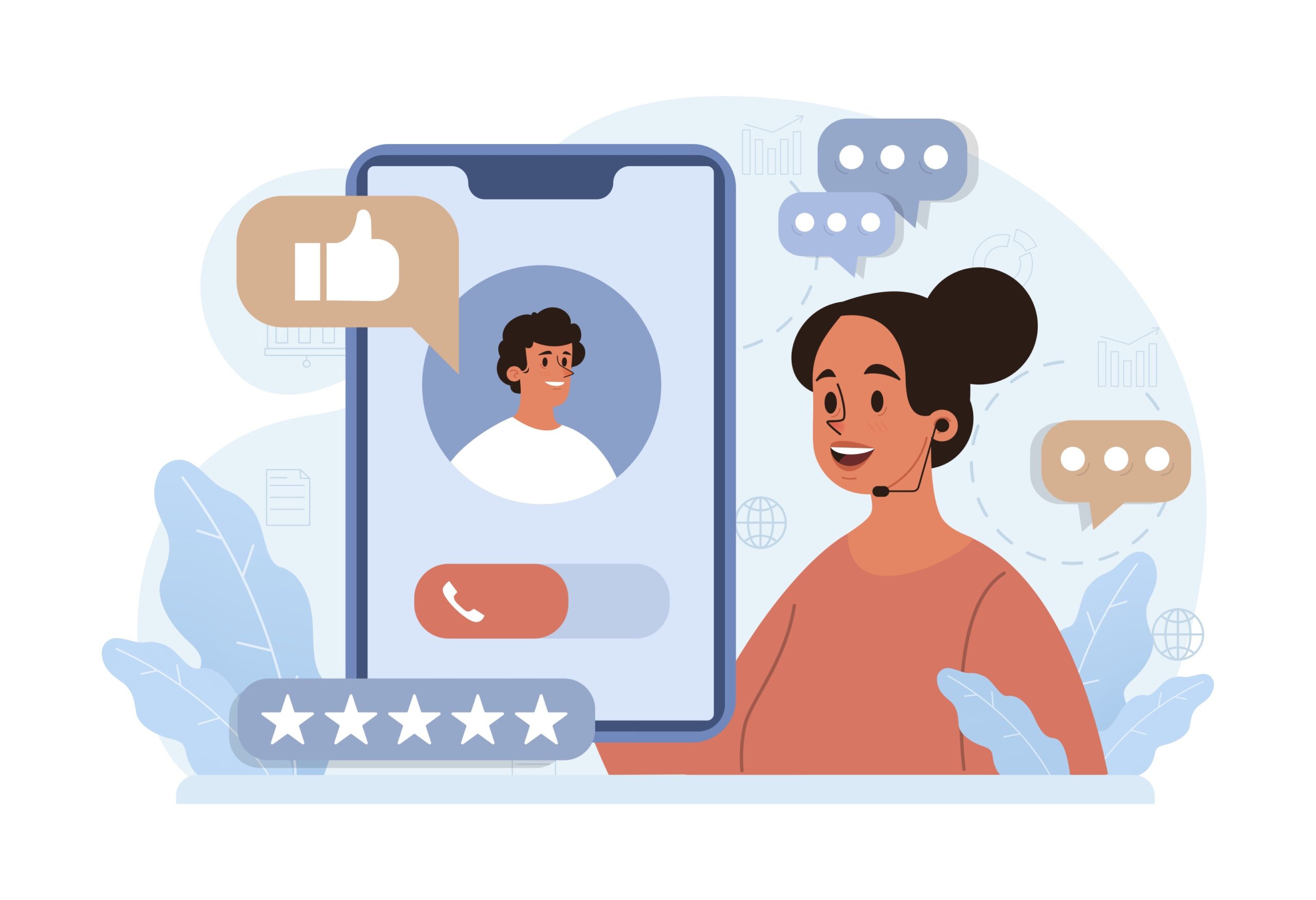 When customers express dissatisfaction with a product, process, or employee, the interactions should be meticulously documented, tracked, and resolved through a centralized CX resolution team using a robust feedback tracking system. This thorough process should ensure that all concerns are addressed promptly and effectively, demonstrating the company’s commitment to customer satisfaction.
When customers express dissatisfaction with a product, process, or employee, the interactions should be meticulously documented, tracked, and resolved through a centralized CX resolution team using a robust feedback tracking system. This thorough process should ensure that all concerns are addressed promptly and effectively, demonstrating the company’s commitment to customer satisfaction.
Moreover, the organization should take immediate action on customer feedback, including expressing gratitude to those who provide input. This not only builds stronger customer relationships but also encourages ongoing engagement. The company can conduct detailed customer interviews and focus groups for more significant processes, product developments, and app/web feature functionality reviews. These in-depth methods can provide valuable insights that drive improvements and innovations, ensuring the offerings meet and exceed customer expectations. The proactive and responsive approach to customer feedback underscores an organization’s dedication to delivering exceptional experiences.
Speed of Response
EITK: How do you ensure your team acts quickly on customer feedback to prevent dissatisfaction from spreading?
John: All dissatisfaction events should be logged and tracked, preferably using software designed specifically for complaint or case management. Automated systems or employees should immediately record complaints in survey data and customer interactions. Employees who can resolve customer complaints immediately should also log these complaints to assist in detecting trends, conducting root cause analyses, and quantifying dissatisfaction in the organization, within processes, and with specific departments or employees.
All inputs should be aggregated, tracked, and resolved. Ideally, the case management system triages events based on defined business rules and should be reviewed by specialists, prioritizing complaint responses based on urgency and impact. Issues that potentially affect many customers or are time-sensitive should be addressed immediately. The tracking system should create “cases” directed to customer service experts for resolution. Each priority should have a specific service level, and these levels and resolutions should be tracked.
With a dedicated resolution team, clear prioritization, and open communication both internally and with customers, organizations can act quickly and effectively on feedback. This approach improves satisfaction and demonstrates to customers that their input is valued. By identifying root causes and optimizing related processes to reduce the likelihood of similar issues in the future, an organization can establish a strong culture of customer centricity.
Using a dedicated resolution team can create the opportunity to develop advanced CX skills to resolve, track, and remedy customer complaints. Centralized teams can be responsible for all aspects of the process, or they can be used to track complaints and ensure timely responses, resolution, root-cause analyses, etc., from the appropriate stakeholders.
Analyzing and Understanding Customer Feedback
EITK: How do you analyze customer feedback to identify the root causes of dissatisfaction, and what tools or technologies do you use to monitor and analyze feedback in real-time?
John: The first step for practical root cause analysis is clearly understanding the dissatisfaction. This may require additional interaction with the customer to clarify their experience. This also demonstrates the organization’s focus on listening to customers.
Feedback should be categorized based on common themes or issues, such as product quality, process, or customer service. Employee-related complaints can be sent to the internal managers for resolution and coaching. Other cases can be directed to process, product, or system owners who could effectively execute root cause analyses, develop action plans, and provide follow-up.

Real-time feedback monitoring is often focused on social media, applications, and web comments, as these complaints are more likely to be seen by more customers. This visibility ensures that issues are promptly recognized and addressed, enhancing the company’s responsiveness and demonstrating a commitment to customer satisfaction. Social media platforms such as Twitter, Facebook, and Instagram provide immediate and public channels for customers to voice their concerns, allowing companies to gauge customer sentiment and respond in real time quickly.
Applications and web comments also serve as critical feedback channels where users can directly report issues or provide suggestions. These platforms often feature built-in feedback mechanisms, such as rating systems and comment sections, that facilitate the collection and analysis of user input. By actively monitoring these channels, companies can identify trends and patterns in customer feedback, enabling them to prioritize and address the most pressing issues.
Moreover, real-time feedback monitoring allows for swift problem resolution, preventing minor issues from escalating into more significant, complex challenges. It also allows companies to engage with customers directly, building stronger relationships and fostering loyalty. By leveraging real-time feedback from social media, applications, and web comments, companies can continuously improve their products and services, ultimately leading to a better overall customer experience.
Prioritizing and Acting on Customer Feedback
EITK: How do you prioritize which customer complaints or feedback to act on first, and can you give an example of a significant change that resulted from customer feedback?
John: Issues affecting many customers or time-sensitive customers should be addressed immediately. Matters impacting brand image or customer loyalty, especially those with the potential to become widely known, require swift action. Other cases can be prioritized based on internal factors, such as customer segments and attrition data. The prioritization process should be intentional.
All changes, real or perceived, can trigger customer feedback. Anticipate increases in feedback with significant changes, such as product updates, mobile/web feature modifications, and process changes (e.g., IVR functions). Prepare relevant adjustments and focus on related processes to effectively manage and respond to customer concerns. Developing scripting for significant events can be beneficial.
Prioritizing and acting on feedback must be intentional and involve cross-functional collaboration with key stakeholders. These critical processes should be continuously reviewed, measured, and improved.
Handling Difficult Customers
EITK: How should organizations manage customer complaints while maintaining professionalism and courtesy?
John: Customer-facing employees must always maintain respect, professionalism, and courtesy. Start by listening carefully to the customer’s concerns, acknowledging their feelings, showing empathy, and working to defuse the situation.
Centralized customer care groups with highly trained specialists can often manage escalations from the front line. These specialists can be trained in de-escalation techniques, effective listening, and resolving challenging customer concerns. Customer-facing employees need the skills to discern constructive feedback, regardless of how it’s presented. This ensures valuable input from “passionate” customers is not missed.
Employees should remain calm and polite when dealing with unreasonable complaints, providing clear and accurate information. If a resolution is possible, offer it promptly. If not, clearly communicate that the request or remedy isn’t possible while articulating the reason.
Maintaining a positive attitude is crucial. Using empathetic language, such as “I understand how this could be upsetting” or “I appreciate your feedback and want to resolve this concern,” helps demonstrate understanding and commitment to resolving the issue. Apologize when the customer experience doesn’t meet company standards to reinforce a dedication to customer satisfaction.
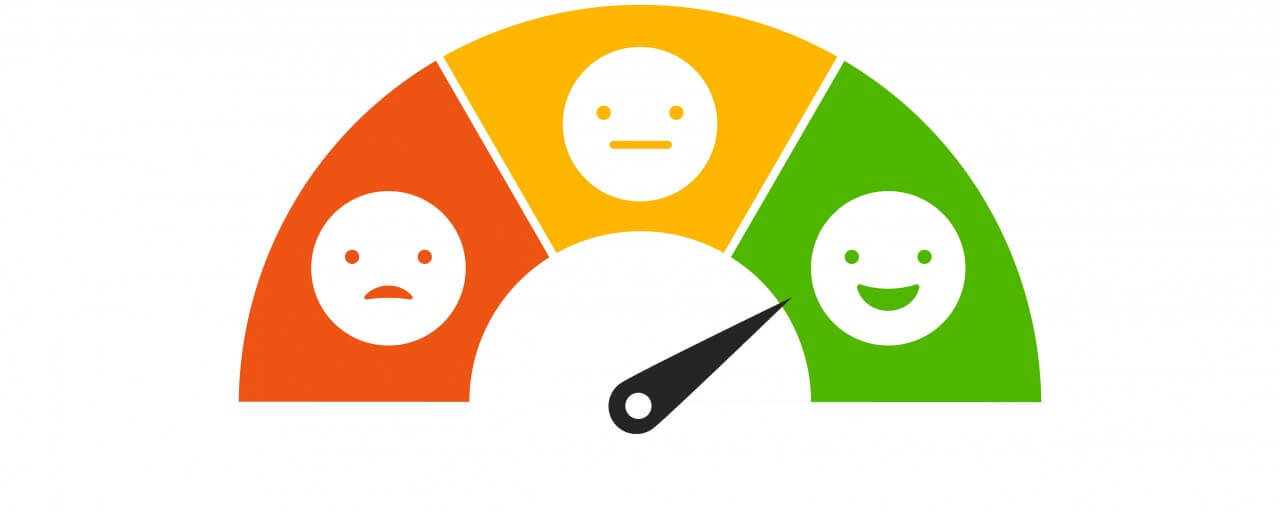
While the mantra “the customer is always right” is prevalent among CX executives, it is not always true. Customers can have unreasonable expectations and even resort to malicious language with employees.
Organizations should develop processes to manage situations where customers use excessive profanity, direct threats, or racial, ethnic, or gender-based inflammatory language. These processes should include immediate escalation within the organization and, if necessary, to local law enforcement. Organizations should also identify when it is appropriate to “fire” a customer and close their accounts.
CX leaders are the guardians of the “brand promise.” Effectively interacting with unhappy customers is a crucial opportunity to uphold that promise.
Turning Negative Experiences into Positive Outcomes
EITK: What successful strategies have you used to convert unhappy customers into loyal brand advocates, and can you share a success story?
John: By utilizing listening skills, showing empathy, concern, and professionalism, and expressing a sincere desire to resolve customer concerns, organizations can turn unhappy customers into loyal brand advocates. Proven processes to correct and address these concerns, coupled with gestures like a “token of apology” (e.g., a small gift or complimentary product upgrade), can be highly effective.
In a CX role at a large organization, I encountered a customer with a significant social media following who posted about a poor customer service experience. She had a legitimate issue that quickly escalated among her followers. I contacted her personally and invited her to join a conversation with me and a few directors to provide feedback and suggest improvements. Through a few intentional interactions, we successfully won her over and turned her into a social media advocate for our organization.
While not every situation requires an “all-hands-on-deck” approach, the principles from this example can be broadly applied and adapted to individual circumstances.
Measuring Impact and Effectiveness
EITK: How do you measure the impact of your responses to customer feedback on overall CSAT scores, and what metrics or KPIs do you track to evaluate the effectiveness of your feedback and response systems?
John: Overall, CSAT, NPS, and other KPIs should be baselined across all customer interactions, especially when comparing those who had a negative experience. Establishing these baselines allows organizations to identify patterns and trends in customer feedback, enabling them to pinpoint areas requiring immediate attention. By comparing metrics from customers with positive experiences to those with negative ones, organizations can gain insights into the root causes of dissatisfaction, develop targeted strategies to address them and measure the effectiveness of those strategies.

This comprehensive approach ensures that all customer voices are heard, providing a holistic view of the customer experience landscape.
The effectiveness of complaint resolution, escalations, and de-escalations should be measured, analyzed, and continuously improved. Organizations should implement robust feedback loops that track the resolution of customer complaints and assess the quality and timeliness of these resolutions. Regular analysis of these processes can reveal bottlenecks and inefficiencies, prompting necessary adjustments to enhance customer satisfaction. Continuous improvement initiatives, driven by data and customer insights, will help organizations stay agile and responsive to evolving customer needs.
Fostering a constant enhancement culture can help companies consistently deliver exceptional customer experiences and maintain robust and loyal customer relationships.
Managing Customer Feedback on Social Media
EITK: How should organizations manage and respond to negative feedback publicly shared on social media, and can you share an example where social media feedback significantly impacted your company’s approach to customer service?
John: Feedback on social media, the mobile app, and the organization’s website should be monitored 24/7. The centralized CX team (or those assigned to monitor social media) must collaborate closely and quickly with key leaders, corporate communications, and potentially a legal team to address potential issues to promptly develop a plan of action that may include client-facing scripts for social media, mobile apps, websites, IVRs, and front-line employees. These issues require prompt action.
Proactively managing negative feedback on social media is crucial for protecting the organization’s brand. Respond with empathy and a commitment to resolving issues swiftly. Ignoring negative feedback can escalate the situation, so being proactive and intentional is essential.
Public feedback often requires specific responses and resolutions. In these cases, it is usually best to inform the customer that a specialist will reach out for a one-on-one resolution. Organizations should remove negative, malicious, or offensive language from our platforms when necessary.
Acting quickly and showing genuine concern for the customer’s experience is critical. By addressing issues head-on and communicating openly, negative situations can become opportunities to demonstrate our commitment to customer satisfaction. Social media, when managed effectively, can significantly enhance our customer relationships.
Final Thoughts
Each of these questions should be explored much more comprehensively. These responses offer a few seeds to cultivate into larger, more comprehensive, intentional, cross-functional collaborations within your organization. Exceptional CX is a journey, not a destination.
Thank you to John for sharing his thought leadership with the Execs In The Know CX community. You can connect with John in the KIA Community or on LinkedIn.







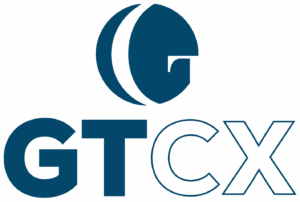







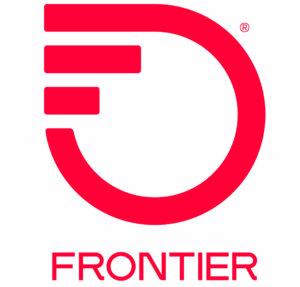












































 TELUS Digital
TELUS Digital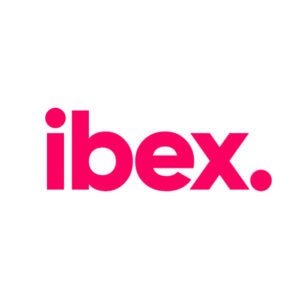 ibex delivers innovative BPO, smart digital marketing, online acquisition technology, and end-to-end customer engagement solutions to help companies acquire, engage and retain customers. ibex leverages its diverse global team and industry-leading technology, including its AI-powered ibex Wave iX solutions suite, to drive superior CX for top brands across retail, e-commerce, healthcare, fintech, utilities and logistics.
ibex delivers innovative BPO, smart digital marketing, online acquisition technology, and end-to-end customer engagement solutions to help companies acquire, engage and retain customers. ibex leverages its diverse global team and industry-leading technology, including its AI-powered ibex Wave iX solutions suite, to drive superior CX for top brands across retail, e-commerce, healthcare, fintech, utilities and logistics.



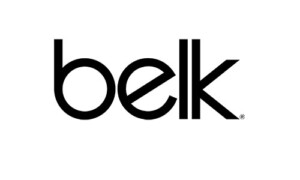


















 Trista Miller
Trista Miller




























